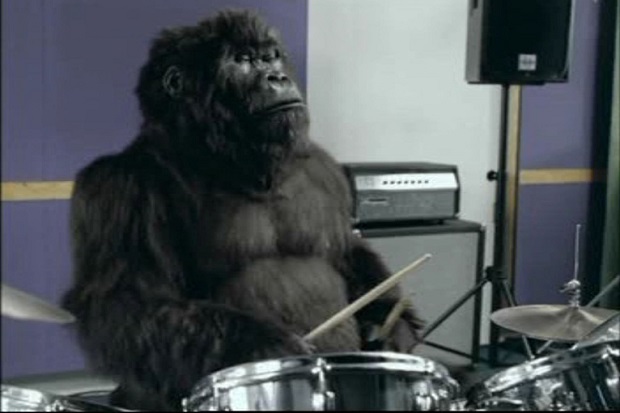Creative
Back in Don Draper’s day agencies were primarily full service. They made a lot of revenue carrying out media planning and buying activities, and in some cases they even threw the creative in as added value. Remember, this was the day of the macho Marlboro man on horseback – simple creative that made its way to billboards and press to build brands.
The key to an agency’s success back then was their ability to effectively plan and buy media for clients using their relationships to get great deals – and get a great commission from the media owner in the process.
Fast forward a little while and the media landscape became more complex, with new channels and formats such as TV, that in turn demanded greater creative talent and resource; it takes many more people with different skills to film the Marlboro Man galloping through Monument Valley than it does to simply draw a picture of him there. These demands, coupled with agency chiefs recognising the value of monetising disparate disciplines led to the decoupling of planning/buying and creative teams, and in turn the fragmentation of full service media agencies.
At this junction agencies were effectively double-dipping; there was money to be made on both sides.

Over time, though, this played out badly for the media planning and buying agencies. Their original differentiator was eroded and their service became something clients could commoditise. Their world soon became about how cheaply they could buy the media and service the client – resulting in a vast reduction in margin – in the area that was the original cash cow. (Side note – this was the tinder for the eventual opaque trading practices that are now coming to light across agency trading desks – but that’s an entirely separate post).
The good creative agencies, on the other hand, prospered financially. Let’s face it – how do you put a price on an idea such as a drumming gorilla or surfing horses? You can’t commoditise a spark of brilliance.

This same story is now playing out in digital marketing, and it’ll be our creative marketing ability that will define our success from here on. Pure-play digital marketing agencies were able to form and exist because other agencies didn’t have our technical ability – that gave us a head start. But this technical advantage is eroding, and it’s not the current battle ground.
We’ve done a great job with technology and data, enabling us to take advertisers toward a place where they can talk in a personalised fashion to small audiences. However, this technical excellence is not being matched by engaging messaging and creative. We’ve been conditioned to think about algorithms, quality scores and metrics that can be measured neatly by numbers. We start by aiming to satisfying search algorithms rather than considering the emotional impact at the moment a human engages with our campaign.

It will be our ability to think like the marketers of old, and embed great creativity in our work, that will define our collective success over the next few years. So far we’ve failed miserably in this regard, and in 2017 mobile will be the platform that indicates if we are capable of stepping up.
Over 70% of all digital ad spend in the US will be on mobile next year. Mobile ad budgets globally are soaring. However, it’s on this platform where PageFair report 419 million people are blocking ads, nearly double the amount blocking ads on desktops. Some of this is down to consumers not feeling comfortable with the intrusive nature of the adverts and the use of their data, however it’s absolutely clear that the quality of our creative within digital is not matching our ability to target audiences.
Agencies, advertisers and publishers are not providing a valuable emotional experience to our audiences, maybe this is where we can all draw inspiration from Don Draper himself.